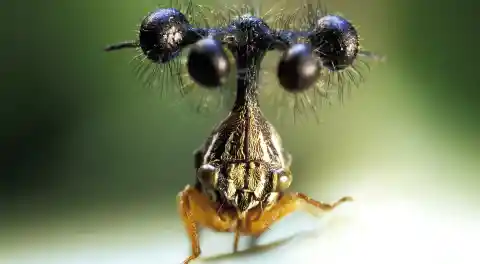There are some things in nature that look like they just don’t belong. Many of these things happen to be insects. These 10 weirdest looking insects may be evolved to live their best life, but they sure do look weird doing it. Check them out for yourself below – but first, grab that bug spray.
Number Ten: Tailed Emperor Butterfly Caterpillar. The tailed emperor butterfly caterpillar can be found in Australia during spring. Though its body resembles that of a normal caterpillar, its head is covered in armor and pointy horns. Though this is a fairly normal defense mechanism in the insect kingdom, to humans, it’s truly bizarre.
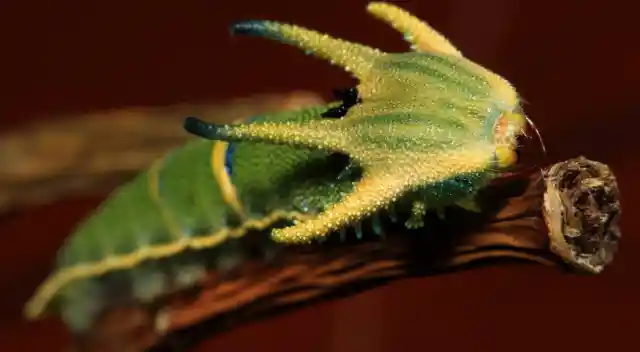
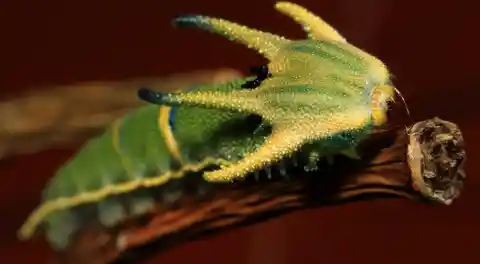
Number Nine: Puss Moth Caterpillar. Puss moth caterpillars are one of the most toxic insects in North America. As larvae, these caterpillars resemble Persian cats, which perhaps is the reason they are named “puss” moth caterpillars.
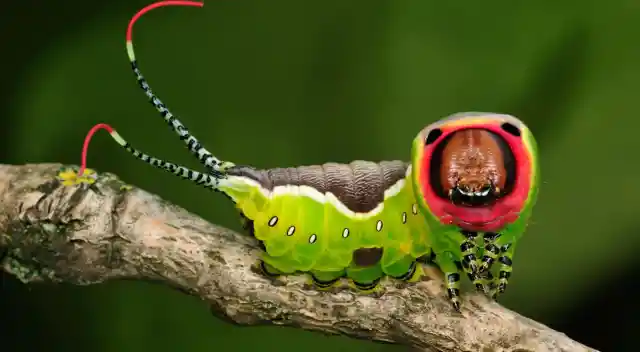
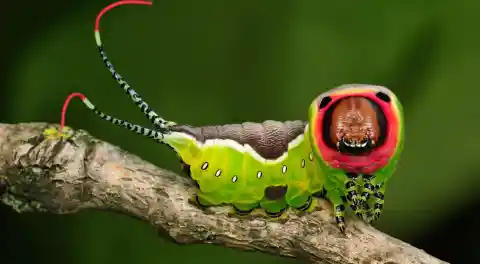
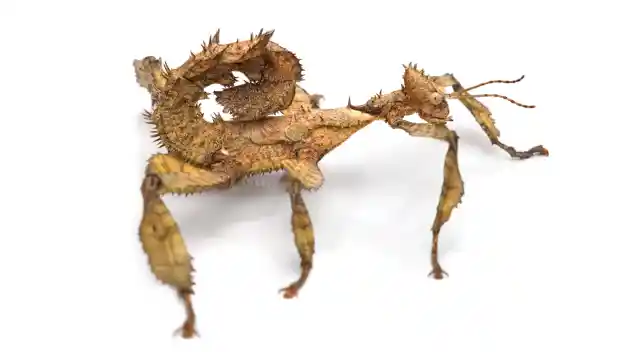
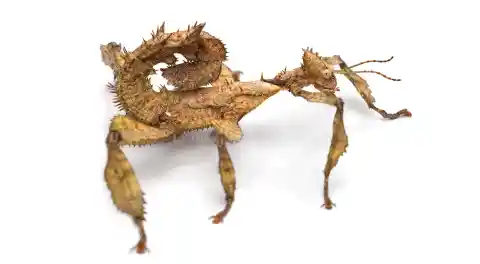
Number Seven: Pipevine Swallowtail Caterpillar. Another poisonous caterpillar on our list, the pipevine swallowtail feeds on the plant Aristolochia, which is also known as pipevine. These caterpillars resembling red licorice eventually transform into gorgeous black and blue butterflies.
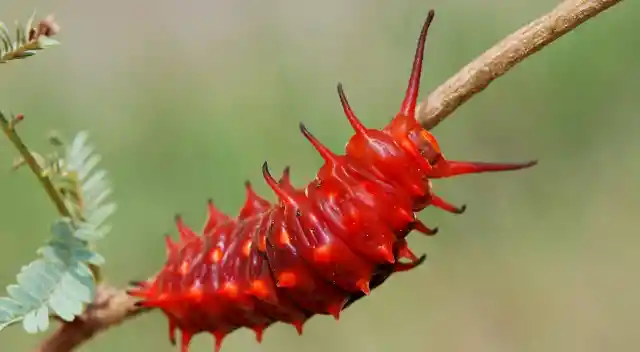
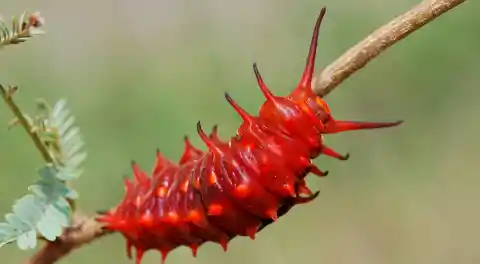
Number Six: Hickory Horned Devil. Like many other caterpillars, the hickory horned devil has a lot of color going on. With spikes to ward off predators, hickory horned devils eventually transform into beautiful Regal Moths.
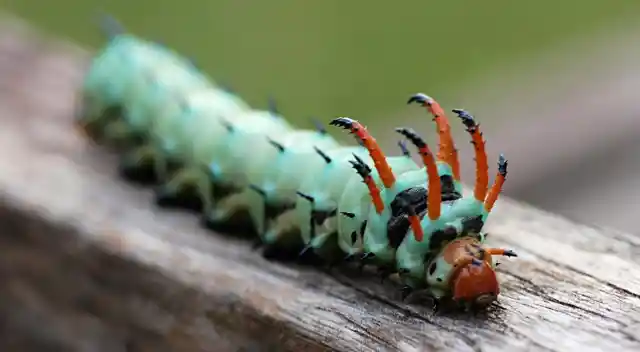
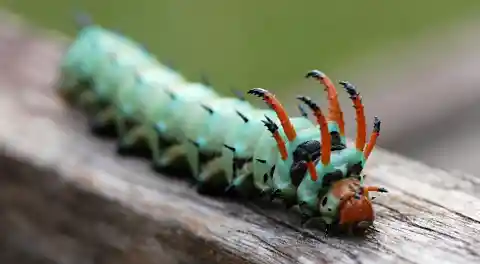
Number Five: Spiny Flower Mantis. This guy looks ready to party. The spiny flower mantis may look bright and happy, but, like other mantids, they are cannibals. Females measure just under two inches long; however, they can produce egg sacs that are nearly five inches long.
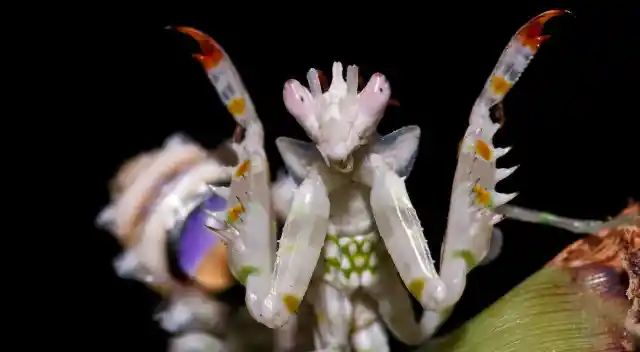
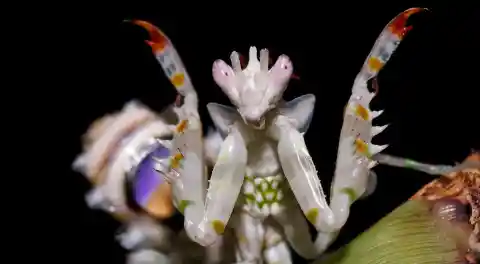
Number Four: Scorpionfly. Resembling something out of a Transformers cartoon, the scorpionfly is in fact a real bug. However, it’s not as dangerous as it looks; the “stinger” part of the bug is actually its genitalia. Interestingly, the scorpionfly is believed to be related to moths and butterflies, and some scientists believe it is an ancestor of the two.

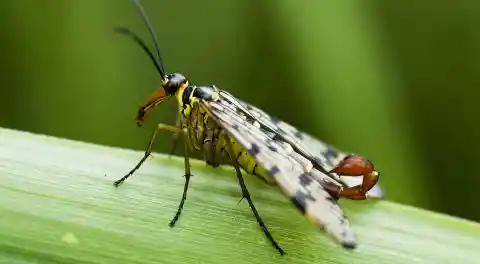
Number Three: Antlion. Also known as a doodlebug, the antlion can be found throughout Europe and is named for its traditional diet of ants. Its appearance reveals the “lion” half of the insect, as it appears to be covered in fur or fuzz.
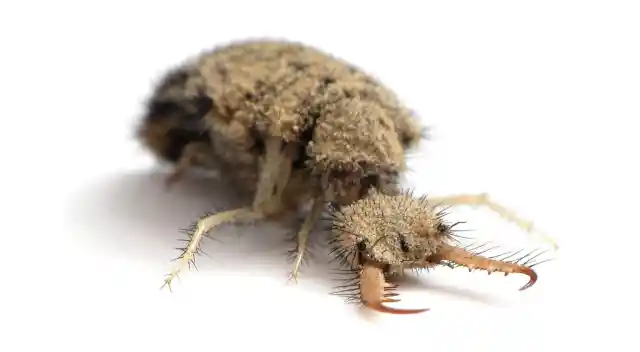
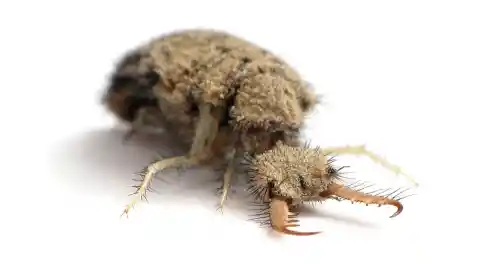
Number Two: Goliath Beetle. These beetles may look harmless, but their strangeness lies in their size. Each of these Goliath beetles is about the same size as an adult human hand. Now there’s a bug you wouldn’t want to find crawling around your house at night.
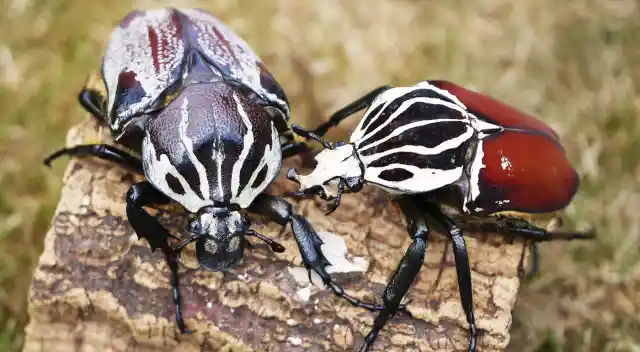
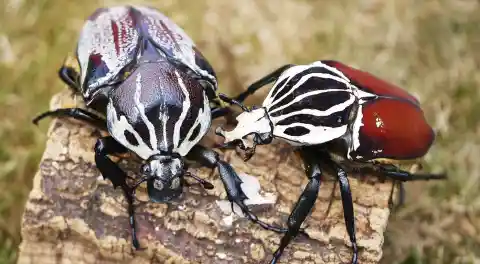
Number One: Brazilian Treehopper. No, that’s not a decoration meant for someone’s eccentric bathroom – that’s a living, breathing insect. The Brazilian treehopper has several “globes” on the top of its head, and scientists really aren’t sure why. What scientists do know is that these treehoppers feed on the sap from plant stems, so perhaps that has something to do with it.

